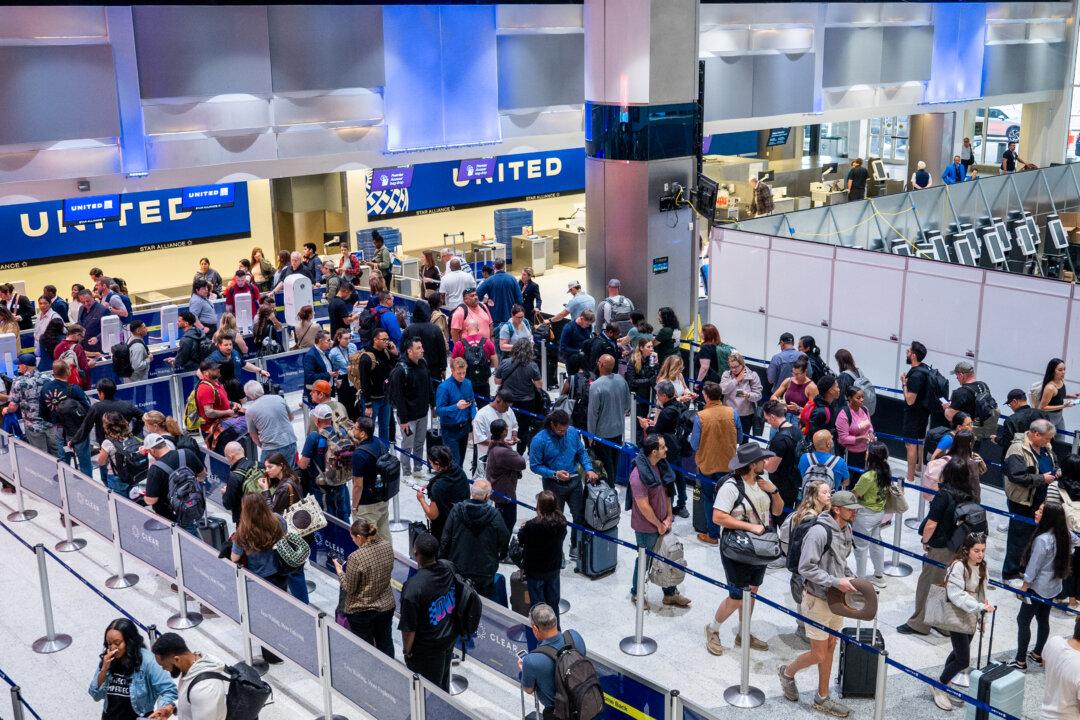The head of one of the world’s largest banks said the company’s business clients have told her that they “can absorb” a 10 percent tariff.
Citigroup CEO Jane Fraser said on May 5 that those same clients have indicated that a 25 percent tariff or higher wouldn’t be as tolerable. Fraser spoke at the Milken Institute’s Global Conference in Los Angeles.





